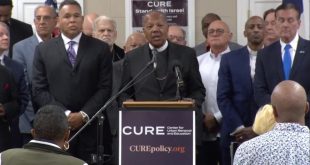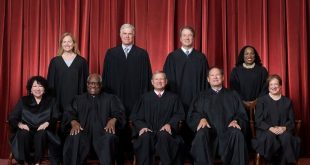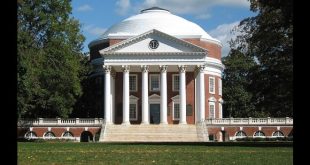State and local governments across the country have ordered attendance limits on houses of worship since the COVID-19 pandemic began to impact the U.S. Restrictions against churches were harsher than those against secular organizations, and churches took their cases to court.
One of the most high-profile cases occurred in New York. Governor Andrew Cuomo’s restrictions against houses of worship have come under scrutiny from courts. From Reuters:
The governor limited attendance to the lesser of 10 people or 25% capacity in “red” zones where the coronavirus risk was highest, and 25 people or 33% capacity in slightly less risky “orange” zones, even in buildings that seat hundreds.
A three-judge panel of the U.S. Court of Appeals for the Second Circuit last week ruled against New York’s COVID-19 restrictions as applied to houses of worship. In a unanimous decision, Judge Michael Park said “no public interest is served by maintaining an unconstitutional policy when constitutional alternatives are available to achieve the same goal.”
Becket Law, which represents one of the plaintiffs, Agudath Israel of America, wrote on Twitter that the panel “ordered that the 10- and 25-person caps had to be enjoined while the case is pending. This effectively means that New York cannot enforce its caps against *any* house of worship.” Becket Law noted that in November, the U.S. Supreme Court also ruled against Gov. Cuomo’s restrictions against houses of worship. The ruling “worked what one court called a ‘seismic shift’ in the law governing restrictions on worship. Since that decision, states have largely moved away from caps on worship attendance—today only 7 states and the District still cap worship…”
The Supreme Court blocked New York from enforcing attendance limits. In a 5-4 ruling, the court contended that the limits violated the Free Exercise clause. In a concurring opinion, Justice Neil Gorsuch said that Gov. Cuomo treated religious activities less favorably than nonreligious ones.
 CURE News and Clergy Blog News and Commentary for Christians
CURE News and Clergy Blog News and Commentary for Christians



